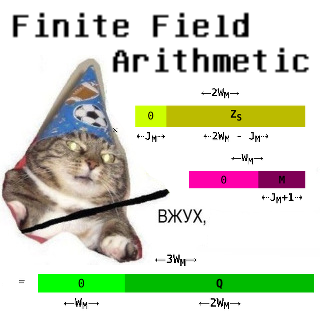Music, UI, and Greedy Algorithms: the Mozart Machine?
This post is not about Loper. It concerns another idea I had recently. In order to distinguish such posts, the text will be displayed in an unpleasant color. As I often have odd ideas which I must write down, they will appear regularly.
Many years ago, I read a short story by Asimov called "Button, Button". In it, there was a brief mention of a telepathically controlled flute (suppressed by an all-powerful Musicians' Union which felt threatened by an invention which could allow anyone to become a virtuoso without any talent or training.)
There has always been music inside my head, and a fair portion of it is original. However, it never comes out. I have always found traditional instruments to be a source of endless frustration. Most learning methods would be of no help, because all of them are focused on mechanically playing back songs which others have written. Ear-training software has gotten me nowhere.
What I always wanted is a prosthetic perfect pitch. And I think I may have finally figured out how to build one.
Consider the fact that many (if not most) people without any musical training nevertheless have no trouble whistling or humming a tune. The reason for this was always a mystery to me - but now I have a working hypothesis.
Think about the neural processes involved in catching a ball. If a naive programmer set out to develop a robotic arm which catches flying objects, he might direct it to calculate velocities and solve equations. And yet, there is a much simpler method - which humans use, as proven by high-speed photography. It is sometimes called "bang-bang correction." The act of catching the ball is (subconsciously) divided into many intervals. At each point, the catcher moves to the position which seems most correct at that time. Students of computer science will recognize this as a "greedy algorithm."
My hypothesis is that whistling and humming acquire the correct pitch by way of bang-bang correction. The delay between each "bang" your brain produces and the resulting sound is imperceptibly small, because the vocal apparatus is located so near, and the necessary muscle motions are so minute. Thus, the correct pitch seems to come out as if by magic. And yet no magic is involved.
The mouth gives simultaneous and continuous control over both volume and pitch. Thus, the ideal instrument for testing my hypothesis would be a heavily modified theremin - controlled by the motion of facial muscles. The important thing is to simulate the basic properties of whistling or humming:
The sound of the instrument must reach your own ears earlier than anyone else's - this matters only on the millisecond time scale, but could be important. The volume must be controllable using as little conscious action as possible and as rapidly as possible The pitch must be controllable using as little conscious action as possible and as rapidly as possible
If the prosthetic perfect pitch device works as theorized, its output could be hooked to a MIDI controller and used in computer-aided composition or live performance.



neat idea. maybe you should try actually making this...
how would you play compositions with unusual tunings? (i.e anything that uses 48 EDO)